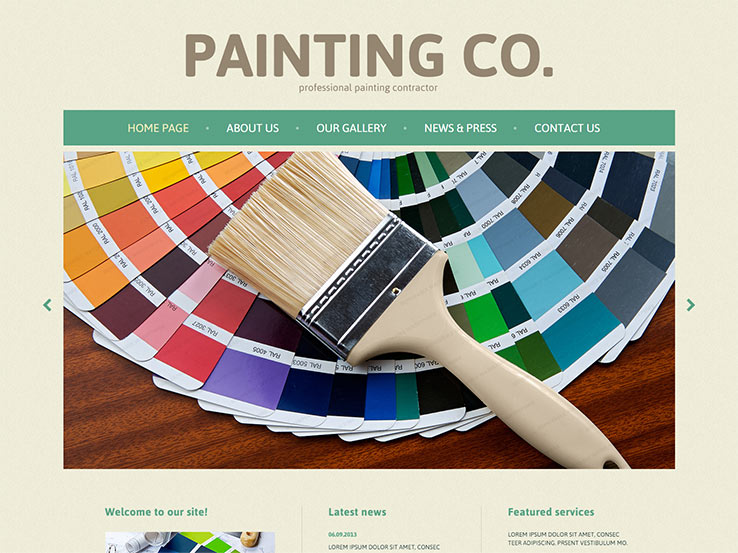Seasonal Factors In Industrial Exterior Painting: Secret Insights You Should Understand
Seasonal Factors In Industrial Exterior Painting: Secret Insights You Should Understand
Blog Article
Article By-Burnham Rosendal
When you're intending a commercial external paint project, seasonal factors can make or damage your results. You'll wish to take into consideration exactly how temperature level and moisture effect paint application and drying out times. Picking the best period can ensure your paint adheres appropriately and lasts much longer. Yet which periods are really the most effective for this sort of job? Allow's discover the key elements that can affect your task's success.
The Effect of Temperature Level on Paint Application
When you're preparing an industrial outside painting project, the temperature can considerably affect exactly how well the paint sticks and dries.
Ideally, you want to repaint when temperatures vary in between 50 ° F and 85 ° F. If it's too cool, the paint may not treat effectively, resulting in issues like peeling or splitting.
On the other side, if it's too hot, the paint can dry too quickly, protecting against correct bond and leading to an unequal surface.
You should also think about the time of day; morning or late afternoon supplies cooler temperature levels, which can be much more favorable.
Always check the supplier's suggestions for the specific paint you're using, as they usually give support on the optimal temperature level array for optimum outcomes.
Moisture and Its Impact on Drying Times
Temperature isn't the only ecological element that influences your commercial outside paint job; moisture plays a significant function too. High humidity levels can decrease drying times dramatically, influencing the overall quality of your paint job.
When the air is saturated with moisture, the paint takes longer to heal, which can bring about concerns like poor bond and a greater risk of mold development. If you're repainting on an especially damp day, be planned for extended wait times between layers.
how to get paint out of a brush to keep an eye on neighborhood weather conditions and plan appropriately. Preferably, aim for humidity degrees in between 40% and 70% for ideal drying.
Maintaining these factors in mind guarantees your task remains on track and delivers an enduring coating.
Best Seasons for Commercial Outside Painting Projects
What's the most effective season for your commercial outside painting tasks?
Spring and very early loss are commonly your best bets. During these periods, temperature levels are light, and moisture levels are usually reduced, developing excellent conditions for paint application and drying.
Prevent summertime's intense heat, which can trigger paint to dry as well quickly, bring about inadequate adhesion and coating. In a similar way, winter months's cold temperature levels can prevent proper drying out and treating, taking the chance of the longevity of your paint task.
Go for days with temperature levels in between 50 ° F and 85 ° F for ideal results. Remember to examine https://www.architecturaldigest.com/story/how-to-light-art for rainfall, as wet problems can destroy your job.
Preparation around these variables ensures your paint project runs efficiently and lasts much longer.
Verdict
Finally, planning your commercial external paint tasks around seasonal factors to consider can make a considerable difference in the end result. By scheduling job during the excellent temperatures and humidity levels, you'll make sure better bond and drying times. Remember to watch on regional weather prediction and pick the right time of year-- springtime and early loss are your best choices. Taking these steps will certainly assist you attain a resilient and professional surface that lasts.
